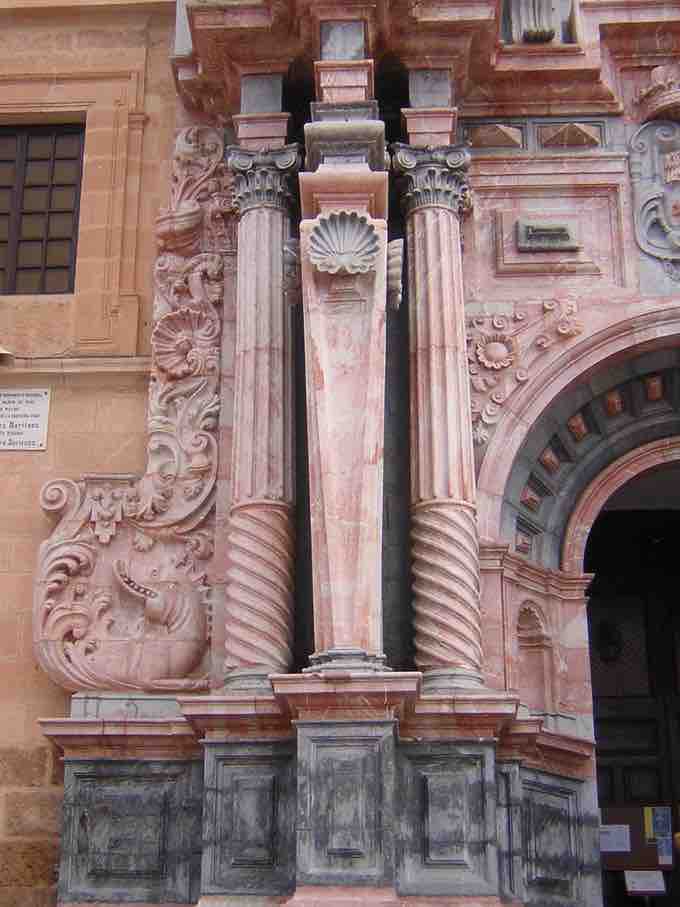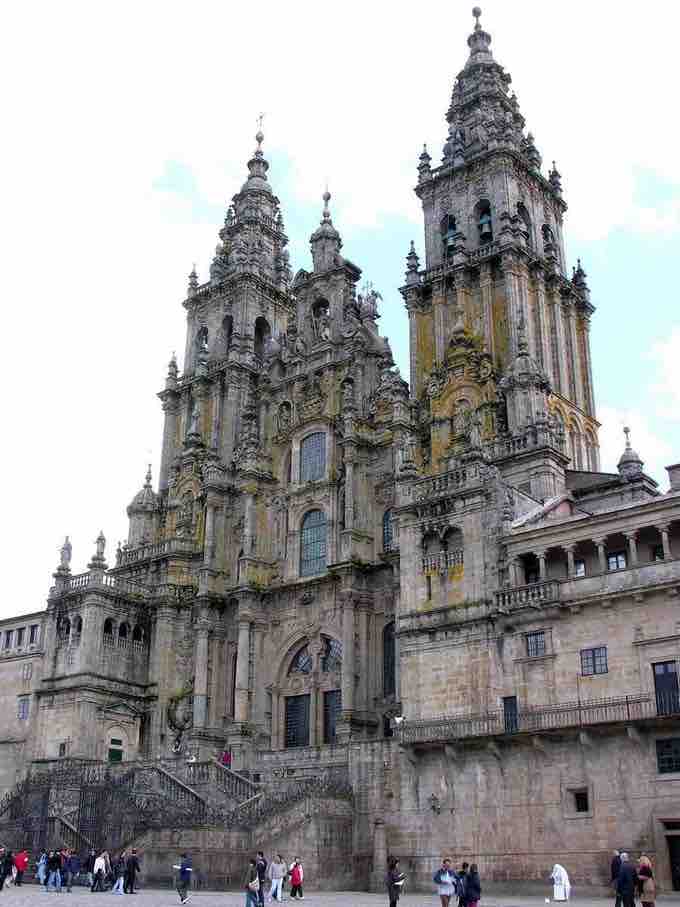The Development of Baroque in Spain
Spanish Baroque is a strand of Baroque architecture that evolved in Spain and its provinces and former colonies, notably Spanish America and Belgium, in the late 17th century. As Italian Baroque influences spread across the Pyrenees Mountains, they gradually superseded in popularity the restrained classical approach of Juan de Herrera, which had been in vogue since the late 16th century.
For example, by 1667, the facades of Granada Cathedral (by Alonso Cano) and Jaén Cathedral (by Eufrasio López de Rojas) suggest the artists' fluency in interpreting traditional motifs of Spanish cathedral architecture in the Baroque aesthetic idiom. In Madrid, a vernacular Baroque with its roots in Herrerian and in traditional brick construction was developed in the Plaza Mayor and in the Royal Palace of El Buen Retiro, which was destroyed during the French invasion by Napoleon's troops. Its gardens still remain as El Retiro park. This sober brick Baroque of the 17th century is still well represented in the streets of the capital in palaces and squares.

Plaza Mayor
Three sides of the Plaza Mayor, well known for its Spanish Baroque architecture.
Comparisons to Northern Europe
In contrast to the art of Northern Europe, the Spanish art of the period appealed to the emotions rather than seeking to please the intellect. The Churriguera family, which specialized in designing altars and retables, revolted against the sobriety of the Herrerian classicism and promoted an intricate, exaggerated, almost capricious style of surface decoration known as the Churrigueresque. Within half a century, they transformed Salamanca into an exemplary Churrigueresque city. Between 1680 and 1720, the Churriguera popularized Guarini's blend of Solomonic columns and composite order, known as the "supreme order. " Between 1720 and 1760, the Churrigueresque column, or estipite, in the shape of an inverted cone or obelisk was established as a central element of ornamental decoration.

Caravaca de la Cruz.
The Churrigueresque column, or estipite, was a central element of ornamental decoration in the Spanish Baroque, as shown here in the Estipite in the Church of Caravaca de la Cruz.
Notable Examples
Examples of the most eye-catching creations of Spanish Baroque are the energetic façades of the University of Valladolid (Diego Tome and Fray Pedro de la Visitación, 1719) and the western façade (or Fachada del Obradoiro) of the Cathedral of Santiago de Compostela (Fernando de Casas y Novoa, 1750). In these examples, as in many others, the Churrigueresque design involves a play of tectonic and decorative elements with little relation to structure and function. The focus of the florid ornamentation is an elaborately sculptured surround to a main doorway. If one removed the intricate maze of broken pediments, undulating cornices, stucco shells, inverted tapers, and garlands from the rather plain wall it is set against, the building's form would not be affected in the slightest.

Cathedral of Santiago de Compostela in Spain.
The facade of the Santiago de Compostela reflects the Churrigueresque facade; the lavish details of the facade have little structural use.
At the same time, Churrigueresque baroque offered some of the most impressive combinations of space and light. Buildings like Granada Charterhouse (by Francisco Hurtado Izquierdo), considered to be the highest example of Churrigueresque styles applied to interior spaces, or the Transparente of the Cathedral of Toledo (by Narciso Tomé) integrate sculpture and architecture to achieve notable light and dramatic effects.
The Royal Palace of Madrid and the interventions of Paseo del Prado (Salón del Prado and Alcalá Doorgate, also in the same city), deserve special mention. They were constructed in a sober Baroque international style, often mistaken for neoclassical, by the kings Philip V and Charles III. The Royal Palaces of La Granja de San Ildefonso in Segovia and Aranjuez in Madrid are good examples of Baroque integration of architecture and gardening. They have a noticeable French influence (La Granja was known as the Spanish Versailles) but contain local spatial conceptions that in some ways display the heritage of the Moorish occupation.
In Flanders, which was the richest imperial province of 17th century Spain, florid decorative detailing was more tightly knit to the structure, thus precluding concerns of superfluity. A remarkable convergence of Spanish, French, and Dutch Baroque aesthetics may be seen in the Abbey of Averbode (1667). Another characteristic example is the Church of St. Michel at Louvain (1650–70), with its exuberant two-story façade, clusters of half-columns, and the complex aggregation of French-inspired sculptural detailing.